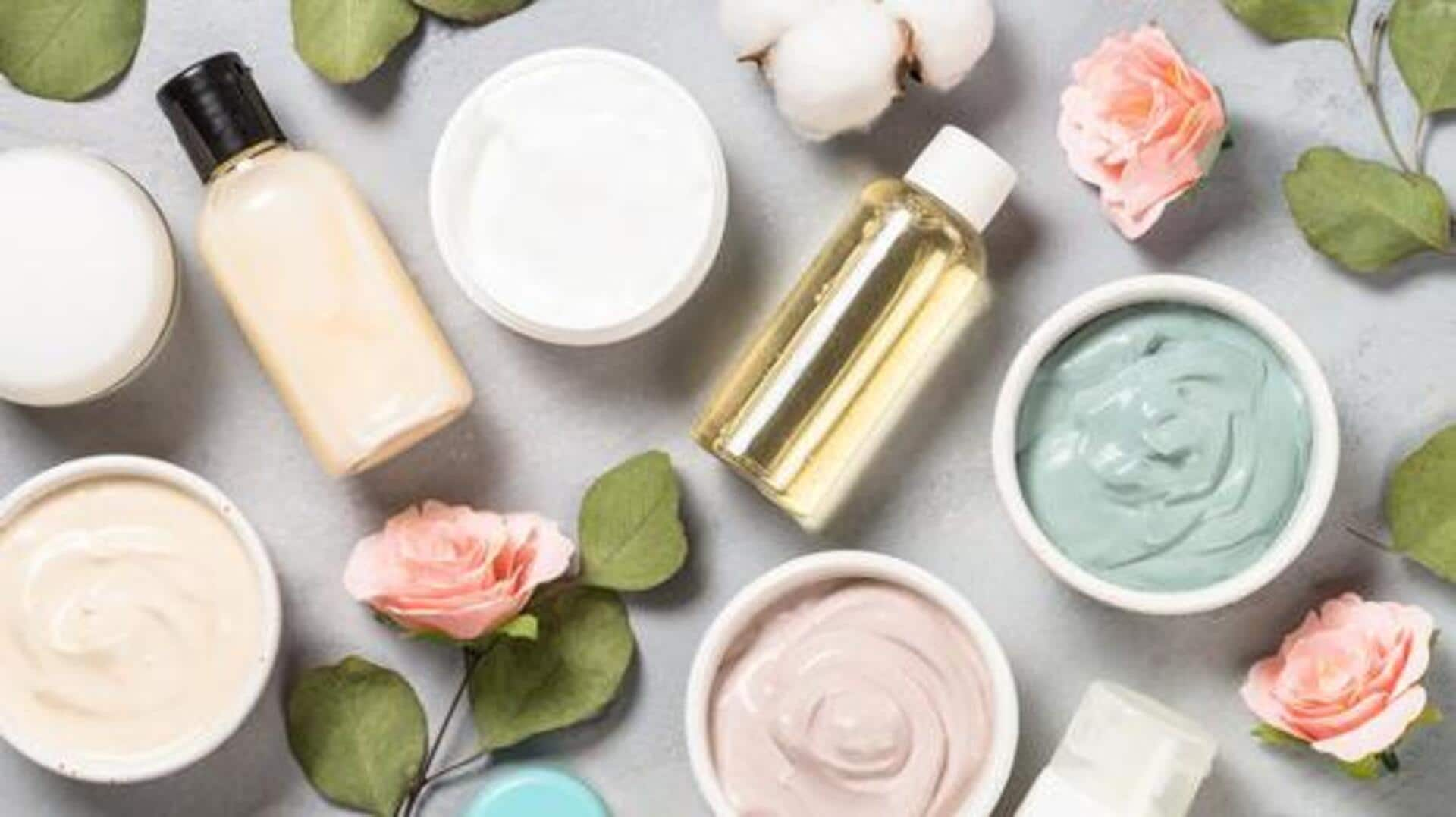
Synthetic v/s natural skincare: Which is better?
What's the story
The synthetic vs. natural debate continues unabated, with a number of myths surrounding the safety of chemicals used in skincare. Often, consumers are left confused when choosing between synthetic and natural, as both come with their own set of misconceptions. Here's busting some common myths about the safety of chemicals in skincare, to give you a clearer idea when choosing your skincare routine.
#1
Myth: Natural ingredients are always safer
A common misconception is that natural ingredients are always safer than synthetic ones. However, that's not always the case. Some natural ingredients may cause allergic reactions or skin irritation just as much as synthetic chemicals do. For example, essential oils can cause sensitivity in some people. The important thing to note is that both natural and synthetic ingredients can be safe/harmful depending on their formulation and concentration.
#2
Myth: Synthetic chemicals are harmful
Another common myth is that all synthetics are bad for the skin. The truth is, many synthetics are made to replicate naturally occurring compounds and are rigorously tested for safety and efficacy before getting the green light for use in skincare products. From hyaluronic acid to glycerin, safe synthetics are commonly used for their beneficial properties without any adverse effects.
#3
Misconception: Preservatives are dangerous
Preservatives often get a bad rep, but it's high time we clear the misconceptions behind their role in skincare products. They are crucial for preventing microbial growth and extending product shelf life, thus ensuring consumer safety. While some preservatives have been questioned, many others like phenoxyethanol have been considered safe by regulatory bodies when used within recommended limits.
#4
Belief: Organic labels guarantee safety
Just because a label says "organic," doesn't mean it's safe or effective. Organic certification largely pertains to how the ingredients are grown, not how they perform on skin or react with other components in a formula. As a rule of thumb, it's best for consumers to go beyond labels and check ingredient lists along with any possible allergens/irritants particular to their skin-type.